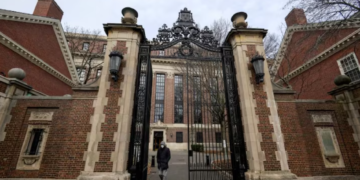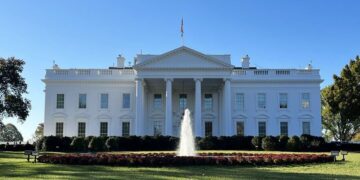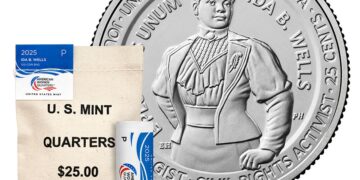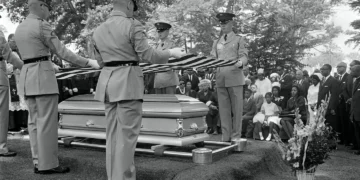Oct 30, 2024 Story by: Editor
Historic England is celebrating the legacy of American abolitionist Frederick Douglass in Newcastle as part of a project highlighting the connection between Black abolitionists and historic British sites. The initiative, known as the Missing Pieces Project, aims to illuminate the journey and impact of Black Americans who came to Britain in the 19th century to advocate against slavery—a story often overlooked. The project tracks the locations of their lecture tours, bringing to light the solidarity shown by British citizens, from church halls and factories to theaters, who supported the cause of African American abolitionists.
Douglass, a renowned writer, orator, and key figure in American civil rights who escaped slavery, visited Britain and Ireland multiple times. Among his stops was Nelson Street Music Hall in Newcastle, a site indicative of Tyneside’s activist history. Other abolitionists, including William Wells Brown, William Craft, Henry Highland Garnet, and Moses Roper, also spoke there. In total, buildings across 189 cities, towns, and villages now feature on Historic England’s interactive map, offering a deeper understanding of these historic sites’ significance.
The map also includes Buckingham Palace, where the singer and activist Elizabeth Taylor Greenfield, known as the “Black Swan,” performed for Queen Victoria in 1854. Greenfield, who was born into slavery, worked alongside British aristocrats to support the anti-slavery movement. Another activist, Sarah Parker Remond, who openly discussed the sexual violence of slavery, spoke in Manchester to urge support for a Confederate cotton boycott, pointing out: “When I walk through the streets of Manchester and meet load after load of cotton, I think of those 80,000 cotton plantations on which was grown the $125m worth of cotton which supply your market, and I remember that not one cent of that money ever reached the hands of the labourers.”
Remond’s visit to Leeds town hall is also documented, along with Moses Roper’s travels from Cornwall to the Scottish Highlands, where he passionately recounted the brutal realities of slavery. His Welsh-language autobiography reached thousands, and his lectures at Wattisham Baptist Chapel in Suffolk between 1838 and 1844 now appear on the map.
Dr. Hannah-Rose Murray, a history lecturer at the University of Suffolk who contributed entries to the project, remarked, “If the walls of churches, chapels or town halls could talk, they would tell powerful, emotional and hard-hitting stories of Black life, liberty, and love that have been deliberately erased from our landscape.”
Historic England emphasizes that from rural towns to major industrial cities, the map traces the significant contributions of Black activists who championed anti-racist and anti-slavery causes across Victorian Britain. From 1833 to 1899, over 50 African American activists engaged millions by speaking at venues throughout England, publishing autobiographies, composing poetry, showcasing art, and promoting boycotts of slave-produced goods like cotton, rice, and sugar, thus influencing British society’s understanding of racial injustice.
The Missing Pieces Project encourages public participation, inviting individuals to share stories about these historical sites. Historic England states, “Sharing your story will add a unique piece to the picture and help people understand what makes these places so significant.” Source: The Gaurdian
















